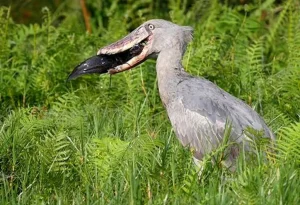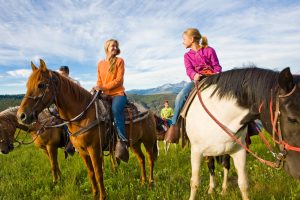Primates and savannahs.
A variety of grasses, sporadic trees, and shrubs define a savanna biome, which is a grassland habitat. Savannas, which are mostly found in semi-arid areas like sections of Africa, Australia, and South America, are identified by their seasonal rainfall patterns, which include distinct wet and dry seasons. Primates and savannahs.
Mammals classified as primates usually have big, highly developed brains, flexible hands and feet with opposable thumbs and fingernails, and forward-facing color vision. Though they mature later in life and develop more slowly than other animals of the same size, primates live longer lives overall than many of their contemporaries. Some people also reside in cities, rocky cliffs, frigid mountainous areas, semi-deserts, and marshes.
In Uganda, where are primates found?
The majority of Uganda’s thirteen primate species may be found in Kibale National Park, which is situated in the western region of the country. Along with other tourist activities like white water rafting, wild game viewing, mountain climbing, and community tours, primates are one of the main draws for visitors to Uganda. People come from all over the world to track chimpanzees, experience their habits, and trek mountain gorillas.
Because more than thirteen different species of primates call Uganda home and it is a primate lover’s delight. During nature walks and game drives, one can see the monkeys or black and white monkeys, grey-cheeked mangabey, dog-faced olive baboons, golden monkeys, black and white colobus monkeys, blue monkeys, and red-tailed monkeys, just as one can see chimpanzees and mountain gorillas. In Uganda, there are additional nocturnal bird species, such as pottos and bush babies. Primates and savannahs.
Characteristics of primates.
There are numerous traits that separate primates from other mammals. Answering questions regarding primates requires knowledge of them.
Big brains: Compared to their body size, primates’ brains are more important.
Primates typically rely more on their visual senses than their olfactory senses, or the ability to smell.
Most species of primates exhibit sexual dimorphism. This implies that differences exist in non-reproductive characteristics between the sexes of the same species.
Monkeys’ opposable thumbs are one of the characteristics that set them apart as a superior species and are thought to be highly developed. They are much better able to grasp and manage objects thanks to it.
Primates tend to be gregarious creatures. They enjoy migrating and living with a family or group.
Except for humans, most ape species are arboreal. The ability to dwell and climb trees is called arboreal.
Fingers and toes should be kept apart. Most animals have five fingers on their hands and five tools on their feet. Primates possess dexterity due to their thumb rotation ability. They are able to execute delicate actions with dexterity.
Gestation periods are typically lengthy in mammals. It is the amount of that time a fetus needs to reach full development following fertilization.
Grooming. Grooming is a fun activity that highly functional monkeys enjoy. They take care to keep oneself clean and maintain a pleasing appearance.
In general, animals are diurnal. They spend the day being active and the night being resting.
Facts about primates.
Lemurs, lorises, tarsiers, monkeys, apes, and humans are all considered primates.
Primates come in over 500 different species.
Primates are highly intelligent animals.
They frequently reside in trees and form intricate social groups.
Primates have evolved adaptations for an arboreal lifestyle from their forest-dwelling forebears.
Large brains, forward-facing color vision, and flexible hands with opposable thumbs and fingernails are characteristics common to primates.
How is savannah and primates relate to each other?
Primate populations in Africa and Asia are also found on tropical grasslands, or savannas; there are no savanna-dwelling primates in South America. A combination of grasses and trees make up tropical grasslands, with the ratio of grass to trees changing in direct proportion to rainfall.
Why are savannahs important?
Provide habitat for thousands of highly specialized plants and animals, as well as a home for a fourth of the world’s inhabitants.
Hundreds of migratory bird species and endangered animal species need habitat.
Create habitats for a diverse range of animals, some of which help the vegetation grow by pollination, grazing, browsing, nutrient cycling, or seed distribution.
have a high biodiversity and are home to some of the most unusual creatures and birds on the planet.
Maintain a large number of plants and animals.
Conclusion
According to scientific evidence, all humans share physical and behavioral characteristics that originated in apelike forests in Africa chimpanzees, gorillas, and bonobos with the exception of some chimpanzee groups that live in savannahs, which are characterized by high temperatures and unusually low seasonal rainfall. Primates and savannahs.




